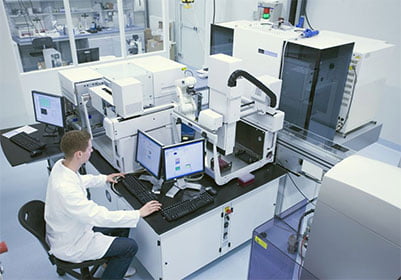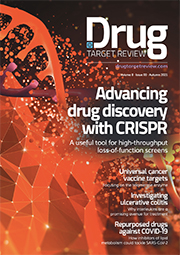Workshop Review: Cell-based Assays for Screening (December 2014)
Posted: 9 April 2015 | Sheraz Gul (Fraunhofer-IME SP)
Sheraz Gul, Head of Biology at Fraunhofer-IME SP, provides an in-depth review of the Cell-Based Assays for Screening workshop which took place in December 2014…


This workshop, the third to be organised by European Pharmaceutical Review, took place on 9-11 December 2014 at Fraunhofer-IME SP in Hamburg, Germany.
Workshop concept
Recent years have witnessed an expansion in the disciplines encompassing drug discovery outside of the pharmaceutical industry. A significant number of universities worldwide now host infrastructure such as compound libraries and automated screening centres1-3. An archetypal small molecule drug discovery project will aim to identify chemical starting points that modify the functions of genes, cells, or biochemical pathways. In some but not all instances, these functions may be linked to disease processes, and an opportunity therefore exists to further develop the chemical starting points into novel therapeutic agents. In small molecule drug discovery, the ultimate aim is to identify new therapeutics, an activity that for reasons of high risk and cost has historically been conducted within the commercial sectors.
We are now witnessing a resurgence of cell-based assays including phenotypic assays where a particular cellular change is monitored, in some cases without knowledge of the underlying target(s) upon which compounds are acting. There are some great successes from using these approaches for drug discovery4. It is interesting to note that in some cases where an efficacious compound was identified using a cell-based assay, the target(s) it acts upon was successfully and subsequently identified.4 However, compound efficacy may still be due to a poly-pharmacological effect whereby it acts upon additional targets that may still be unidentified. Advances in cell-based assays are also being made, for example using human-induced pluripotent stem (iPS) cell-derived cells that better recapitulate normal human biology compared to transformed cell lines and non-human primary cells. Some of these were explored in the workshop by way of lectures and practical work using assay technologies from Biolog, PerkinElmer and Tecan.
The rest of this article is restricted - login or subscribe free to access


Why subscribe? Join our growing community of thousands of industry professionals and gain access to:
- quarterly issues in print and/or digital format
- case studies, whitepapers, webinars and industry-leading content
- breaking news and features
- our extensive online archive of thousands of articles and years of past issues
- ...And it's all free!
Click here to Subscribe today Login here
Related topics
Assays, Cell-based assays, Drug Discovery, Screening
Related organisations
European ScreeningPort, Fraunhofer, Fraunhofer-IME SP, PerkinElmer
Related people
Sheraz Gul


